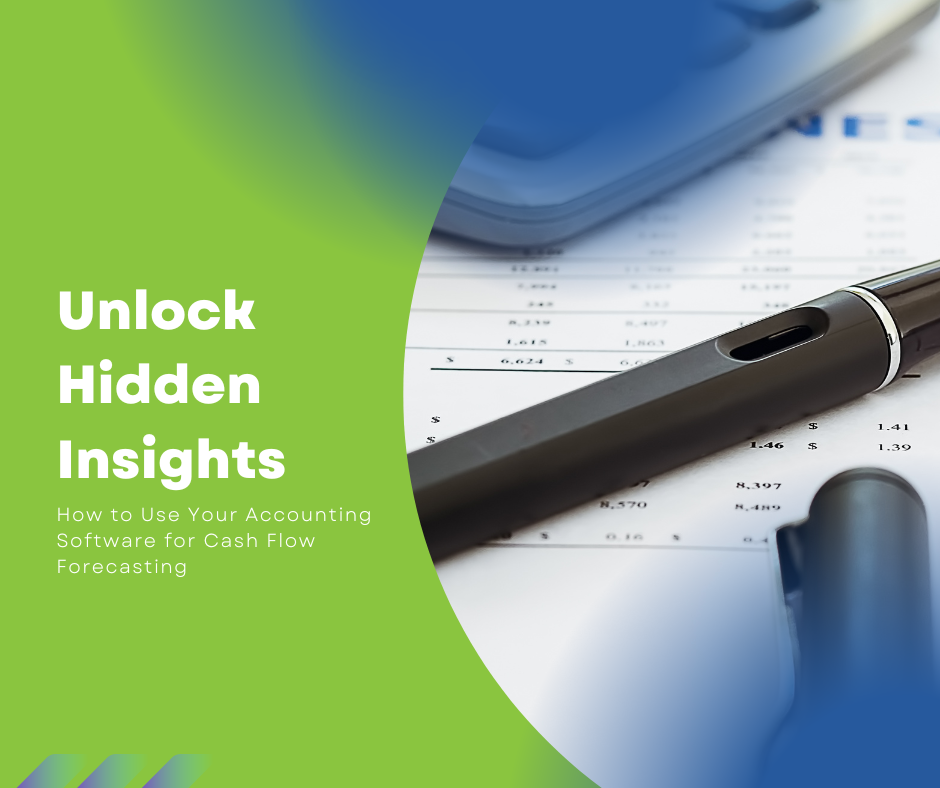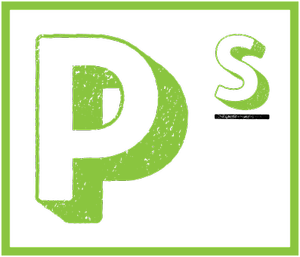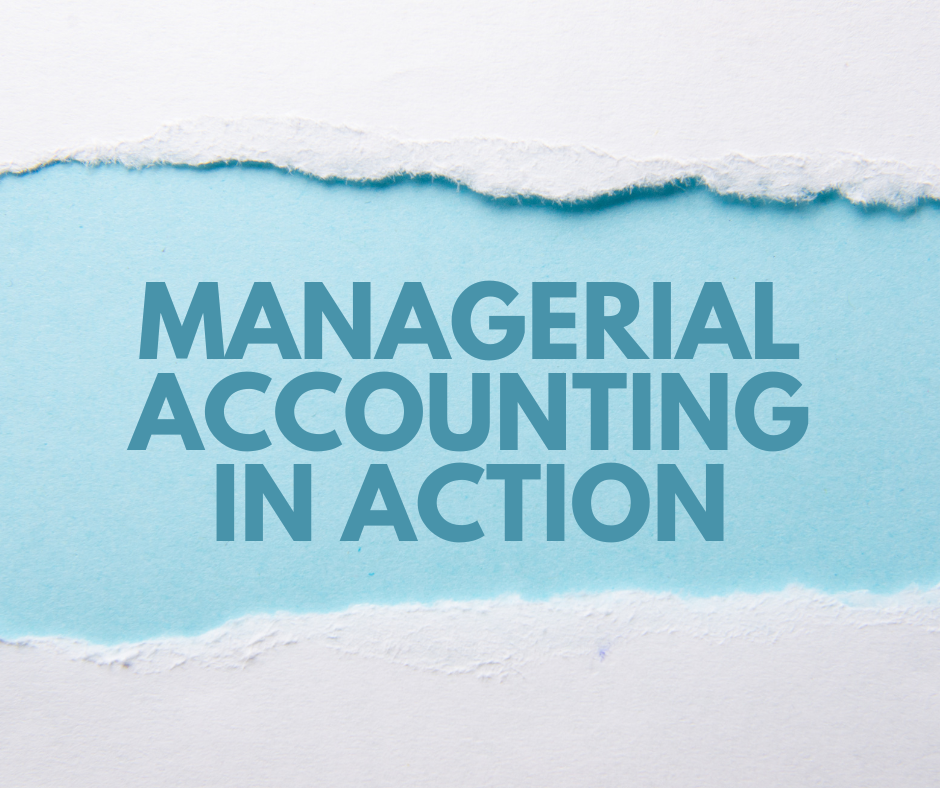Making Managerial Accounting Effective: A Comprehensive Guide
Make managerial accounting count

Effective managerial accounting is the cornerstone of informed decision-making within any organization. It empowers managers to make data-driven choices that optimize resources, enhance profitability, and ensure long-term sustainability. In this article, we will delve into the key principles and strategies that can help make managerial accounting truly effective.
Align Managerial Accounting with Organizational Goals
To make managerial accounting effective, it's crucial to align it with the overarching goals and objectives of the organization. When the accounting function is in harmony with the strategic direction, it becomes a valuable tool for measuring progress and ensuring that every financial decision contributes to the company's success.
Start by establishing clear, measurable objectives that the accounting team can work towards. These objectives should reflect the organization's mission and vision. For example, if a company's goal is to increase market share, managerial accounting should focus on cost analysis, pricing strategies, and investments that support this objective.
Implement Activity-Based Costing (ABC)
Traditional cost accounting methods often allocate costs to products or services in a way that can be misleading. Activity-Based Costing (ABC) is a more accurate approach that assigns costs to specific activities and processes within an organization. This method provides a more precise understanding of the true cost drivers and can lead to better decision-making.
By using ABC, managers can identify inefficiencies, optimize processes, and allocate resources more effectively. This can result in cost savings, improved product quality, and increased profitability. Regularly review and update the ABC model to ensure its accuracy and relevance.
Invest in Advanced Accounting Software
In today's digital age, effective managerial accounting relies on the use of advanced accounting software. Modern accounting software can automate many routine tasks, reducing errors and freeing up valuable time for analysis and strategic planning.
These software solutions provide real-time financial data, customizable reports, and forecasting tools. They also facilitate collaboration among team members and departments, ensuring everyone has access to the information they need to make informed decisions.
Develop Key Performance Indicators (KPIs)
Key Performance Indicators (KPIs) are essential for monitoring and evaluating the success of managerial accounting efforts. KPIs should be tailored to the specific goals and needs of the organization. They can include financial metrics such as profitability ratios, return on investment (ROI), and cost-to-revenue ratios, among others.
Regularly track and analyze these KPIs to assess the effectiveness of managerial accounting strategies. Adjust your approach as needed to ensure that you are consistently meeting your objectives.
Foster Communication and Collaboration
Effective managerial accounting is not the sole responsibility of the finance department; it requires collaboration and communication across all departments within an organization. Encourage open lines of communication and collaboration among departments to ensure that financial data is accurate and relevant.
Regular meetings between finance and operational teams can help bridge the gap between numbers and operations. This can lead to a better understanding of how financial decisions impact day-to-day operations and vice versa.
Budgeting and Forecasting
One of the fundamental aspects of managerial accounting is budgeting and forecasting. A well-structured budget serves as a roadmap for allocating resources and managing expenses. Meanwhile, accurate forecasting helps anticipate future financial trends and challenges.
To make budgeting and forecasting effective:
a. Involve key stakeholders: Collaborate with department heads and managers to gather input and create realistic budgets.
b. Use historical data: Analyze past performance to make informed predictions about the future.
c. Regularly review and adjust: Continuously monitor actual performance against the budget and adjust as necessary.
d. Scenario planning: Create multiple scenarios to prepare for various economic conditions or unexpected events.
Cost-Volume-Profit (CVP) Analysis
CVP analysis is a powerful tool in managerial accounting for understanding how changes in costs, volume, and prices impact profitability. By performing CVP analysis, managers can make informed decisions regarding pricing, production levels, and cost reduction strategies.
Key components of CVP analysis include:
- Break-even point analysis: Determining the level of sales at which total revenue equals total costs.
- Contribution margin analysis: Calculating the contribution margin per unit to assess the profitability of individual products or services.
- Profit sensitivity analysis: Evaluating the impact of changes in variables like price or volume on overall profitability.
Cost Control and Reduction
Effective managerial accounting includes a strong focus on cost control and reduction. This involves identifying unnecessary expenses, optimizing processes, and finding opportunities to reduce costs without sacrificing quality or performance.
Some cost control strategies include:
- Zero-based budgeting: Evaluating each expense from scratch for every budget cycle, rather than using the previous budget as a baseline.
- Lean management principles: Eliminating waste and inefficiencies in processes to reduce costs.
- Supplier negotiations: Negotiating with suppliers for better pricing and terms to reduce procurement costs.
- Energy efficiency: Implementing energy-saving measures to reduce utility costs.
Effective managerial accounting is a vital component of organizational success. By aligning accounting practices with strategic goals, implementing advanced technology, fostering collaboration, and continuously improving processes, you can make managerial accounting a powerful tool for informed decision-making. Remember that managerial accounting is not a one-size-fits-all approach, so tailor your strategies to the specific needs and objectives of your organization. With a commitment to excellence and a focus on continuous improvement, you can ensure that your managerial accounting efforts contribute to long-term financial sustainability and growth.



